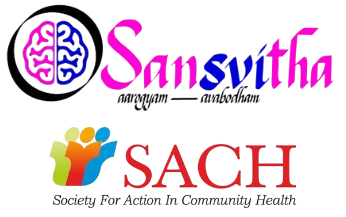CEREBRAL PALSY
DESCRIPTION: Cerebral palsy is a disability resulting from damage to the brain before, during, or shortly after birth and outwardly manifested by muscular in coordination and speech disturbances. Cerebral palsy may make it hard to swallow. It also can cause eye muscle imbalance, in which the eyes don’t focus on the same object. People with the condition might have reduced range of motion in their joints due to muscle stiffness. The cause of cerebral palsy and its effect on function vary from person to person. Some people have intellectual disabilities, but others do not. Epilepsy, blindness or deafness also might affect some people with cerebral palsy. There is no cure, but treatments can help improve function. The symptoms of cerebral palsy may vary during the child’s development, but the condition doesn’t get worse.
AVAILABLE OPTIONS:
- Physical therapy and rehabilitation. A child with cerebral palsy usually starts these therapies in the first few years of life or soon after being diagnosed. …
- Orthotic devices.
- Assistive devices and technologies.
- Medication
- Surgery
LIMITATIONS: The condition generally stays over time.
Sansvitha Advantage: Integrated approach using IT platforms to manage neuro developmental challenges. Combination therapies provide quick and better results.
